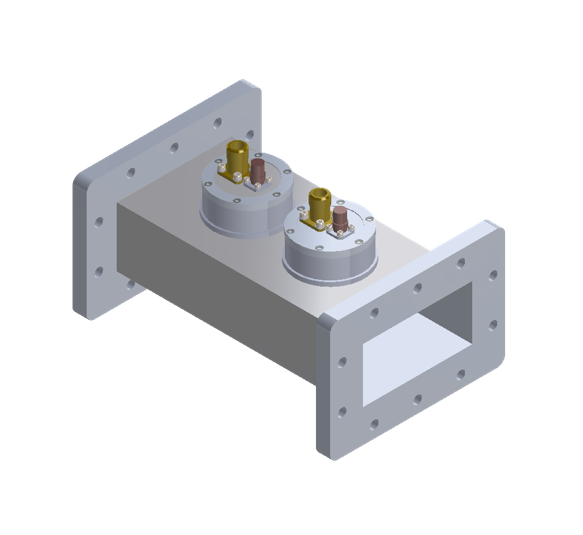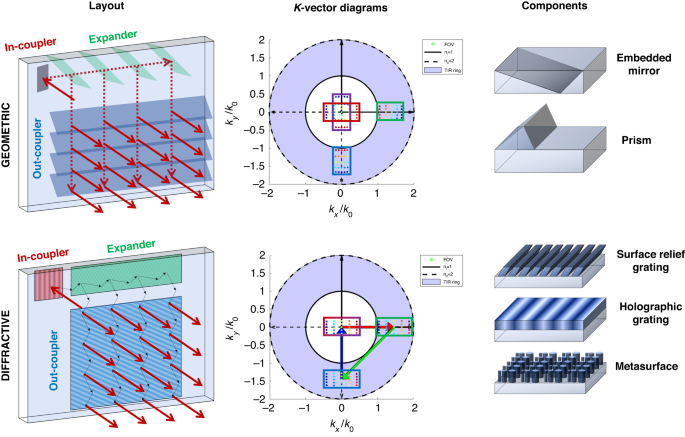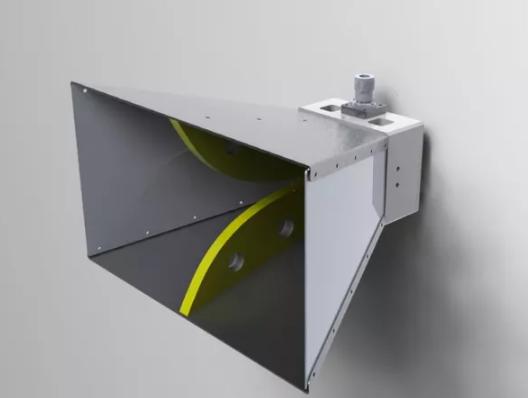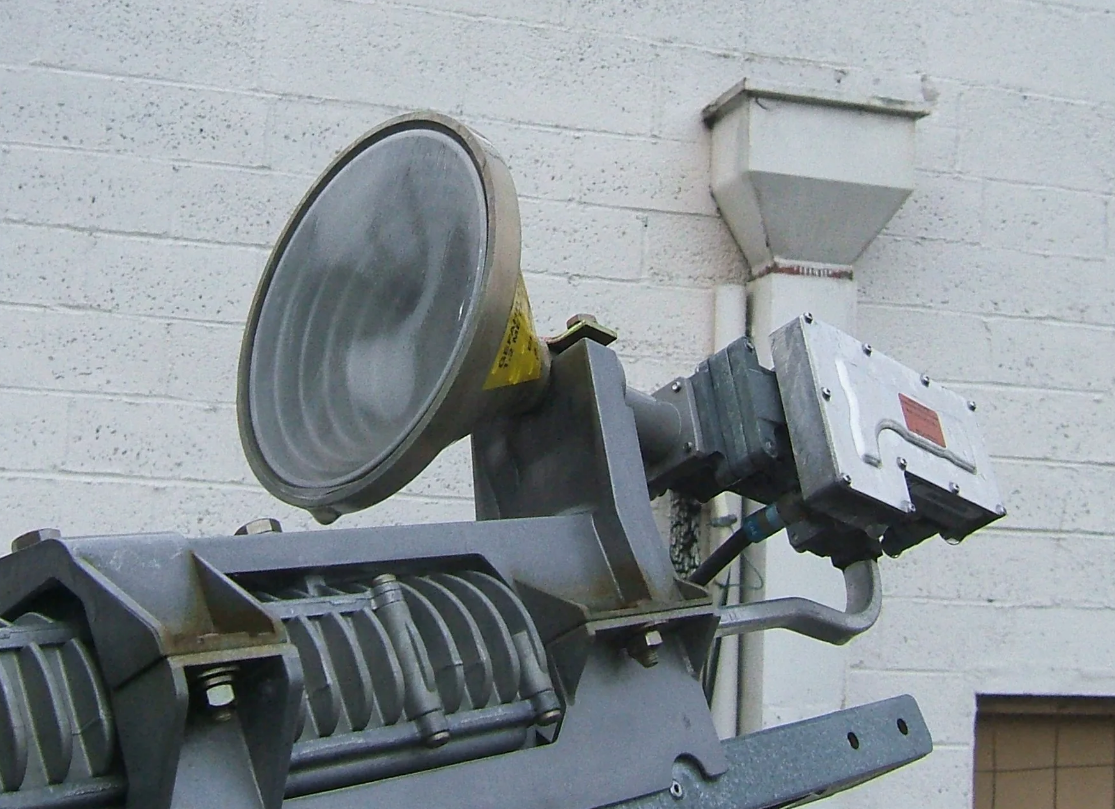A triple feed antenna utilizes three feeds to enhance bandwidth and signal quality, improving performance across multiple frequency bands.
Table of Contents
Technical Specifications of Triple Feed Antennas
Triple feed antennas are a standout example in the field of telecommunications and broadcasting due to their unique capability to effectively handle multiple corresponding frequency bands. To some extent, this property significantly increases both the range of their potential applications and utility for users of such complex communication systems. In this context, the purpose of the present report is to provide an overview of the technical specifications and potential applications of the described type of antennas.
Frequency Range and Bandwidth
These types of antennas offer operation within a wide range of frequencies, typically from 1 GHz to 10 GHz. Ideally, this spectrum can be applied to numerous communication and broadcasting domains, from satellite to cellular broadcasting. The more specific range of frequencies from 3.4 GHz to 4.2 GHz is typical for a particular model designed for C-band operation, which is crucial for satellite television. Another crucial parameter of bandwidth is usually higher than 500 MHz, enabling successful transmission of data at high rates. Overall, the possibility to operate within a wide range of frequencies from 1 GHz to 10 GHz and bandwidth waste is a significant advantage in the context of modern communication systems.
Gain and Appearance Pattern
The described types of antennas’ gain characteristic is another critical specification. In the case of triple feed antennas, gain typically varies, but values as high as 30 dBi are frequently reported in the literature. Consequently, the further apart parties to communication can successfully use such antennas, thereby increasing the quality of the signal transmitted. It contributes to the possibility of bandwidth to some extent. In addition, this type of antennas has a directional appearance pattern, which implies minimizing the effects of unwanted fusion sources. As an illustration, an arbitrary triple feed antenna used in the context of a radar system offers a gain of up to 28 dBi. Subsequently, the target is more likely to be successfully detected and tracked at further distances.
Polarization Properties
As for the polarization properties of the triple feed antennas in question, they can handle every variety except the axial one. This characteristic is crucial since certain applications require adaptation to eliminate signal fading effects and improve the quality and performance of the whole system. For example, a circular antenna can detect signals from a satellite even very far away.

Design and Engineering of Triple Feed Antennas
The design and engineering process of triple feed antennas is a meticulous journey that requires knowledge of electromagnetic principles, material science, and advanced engineering techniques. This process ensures that these antennas meet the rigorous demands of modern communication systems.
Material Selection for Construction
The first step in designing a triple feed antenna is selecting the right materials. Typically, aluminum and cooper are the most popular choices for the reflector and feed element, respectively, as they offer excellent conductivity and longevity. For example, a triple feed antenna that is designed to be implemented outdoors, may benefit the most from having an aluminum reflector as in between metal and non-metallic reflectors. Composite materials for the radome of the antenna are likely to significantly reduce signal attenuation, and optimization may lead to a decrease in attenuation by up to 15%.
Geometrical Configurations
Both the shape and size of the antenna are parameterized by the gains and bandwidth of the antenna signal. Typically, engineers opt for parabolas or horn shapes, and then adjust their shape and dimension parameterization to focus the signal most effectively on the receiver. For example, a 2 meters parabola may focus the signal more effectively and have higher gain than the 1 meter parabola, having up to 3 dBi of gain. As such, an accurate geometrical configuration is crucial for high-quality big antennas that may deliver signals over large distances.
Simulation and Modeling Techniques
Finally, modeling is a crucial step in designing a triple feed antenna, exactly because antenna testing is much more difficult than other types of devices. There are two key forms of simulations that can be implemented for this purpose: physical simulation through building an antenna and gauging its characteristics, and specialized computer software. The latter option is considered to be much more effective, as it allows an engineer to predict the most likely performance characteristics of the antenna without necessarily building them. . As a result, the use of specialized computer software, specifically ANSYS HFSS or CST Microwave Studio can create a triple feed antenna that reduces power consumption by 10%, while maintaining signal integrity.
Performance Analysis and Optimization
The process of improving the performance of triple feed antennas is based on a profound analysis and accurate optimization strategies to ensure that they are ultimately effective and reliable in a variety of communication settings. The following essay describes the methods of testing and the most common challenges and solutions, along with a brief list of the methods of enhancing signal and antenna operational quality.
Methods of Testing
In-depth testing is critical in performance analysis of a triple feed antenna. As such, the process should include field-testing and measurements in anechoic chambers to ensure that the acceptable gain is maintained at the full operating bandwidth. In a typical setting, after the in-depth testing, the antenna may offer up to 5 dBi more gain signal at the testing distance than the expected gain based on operational bandwidth. Both of these methods of testing help engineers determine the main ways of optimization.
Common Problems and Solutions
In terms of solutions, the primary challenge is assuming the balance between the acceptably high gain and wide bandwidth of the antenna. The optimal way to address the issue is to add more feeds . For instance, the use of a triple feed antenna allows designers to expand the bandwidth by 20%, ensuring an adequate level of gain needed for the proper functionality in the majority of settings. Another challenge is designing the physical appearance of the antenna to ensure an adequate level of the quality of the signal.
Methods of Improving Quality of Signal and Efficiency of Operations
Among the most effective ways to improve the efficiency of signal and the physical aspects of the triple feed antenna is the selection of the appropriate designs in terms of the geometric distribution of feeds and materials used. As such, the proportional increase in the quality of the feed arrangement may result in an increase in the operational efficiency of the antenna by 10%. Consequently, the use of low loss dielectric materials or other high-quality matters may result in the reduction in consumption by up to 15%.
Applications of Triple Feed Antennas
Triple feed antennas are one of the best inventions in the field of modern communication, as they provide the most versatile and optimal way of working in a wide range of frequencies. In the contemporary environment, they have become indispensable for a variety of high-demand applications.
Satellite Communication Systems
In satellite communication, triple feed antennas are highly important for ensuring the connection of the high standard that is facilitated over long distances. They ensure the proper satellite TV service with good resolution and establish the secure link for the satellite data transmission. For example, they can increase the strength of the TV signal by 30% in severe weather, which is highly important . Thus, they help achieve the quality of work and prevent the failure of the good displays.
Broadcasting and Telecommunication
Both broadcasting and telecommunication immensely benefit in these fields as they use triple feed antennas for the high bandwidth and gain performance. Ensuring the spread of the terrestrial HDTV and other national television channels, they also facilitate the coverage of the local area broadband internet services. Triple feed antennas allow a 50% increase in data throughput for broadband . With this goal, rural and urban areas send and receive the necessary amounts of information with the use of this available capability.
Radar and Surveillance Systems
Triple feed antennas are highly important for radar systems and other monitoring devices for detecting and transmitting signals of high quality. The transmission of signals is highly important for aviation and weather forecasting as it enables the proper movement of aircraft and identification of thunderstorms. Triple feed systems are mandatory for use of detection range increases by 20% .









